Tagged With Snakes

What Do Lizard Eggs Look Like? A Visual Guide
9 May 2024
A variety of lizard eggs in different colors and sizes, ranging from white to tan, green, and pink, with different requirements for incubation.
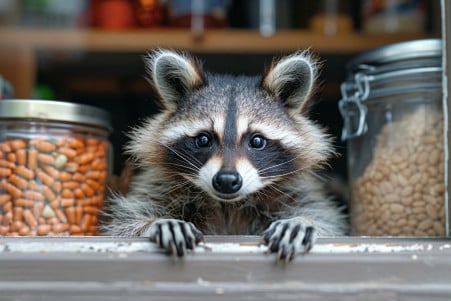
What Do Raccoons Eat? A Look at Their Hunting Behavior
8 May 2024
Raccoons are opportunistic omnivores and will prey on and consume rats, mice, and other small rodents, but they mostly eat plants.

Do Corn Snakes Bite? How to Avoid Getting Bitten by Your Pet
7 May 2024
Corn snakes are usually very calm, but they may bite if they feel threatened, are hungry, or are shedding. Bites can be avoided with the right handling.
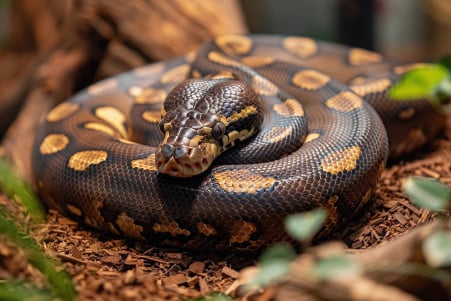
Do Snakes Sleep? Exploring Their Resting Behaviors
6 May 2024
Snakes do not sleep in the same way that humans do, but they do have special ways of resting that help them save energy while still being aware of their surroundings.
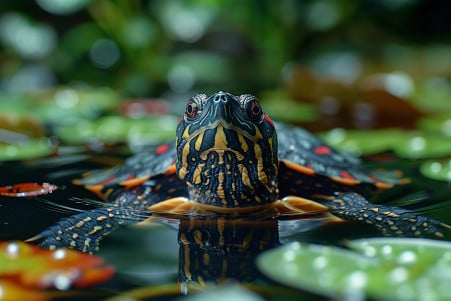
From Algae to Carrion: The Many Different Diets of Wild Turtles
4 May 2024
Wild turtles eat a variety of things, such as aquatic plants, insects, and fish, and there are even more specialized diets for sea turtles like green turtles and leatherbacks.
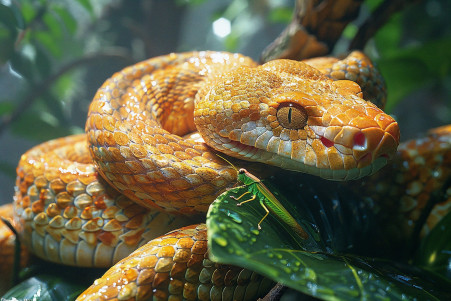
What Do Snakes Eat? A Look at Snakes That Eat Grasshoppers
3 May 2024
Snakes primarily consume grasshoppers and other bugs, and they have special ways of finding and catching these fast-moving animals.

The Teeth of Corn Snakes: An Evolutionary Marvel
2 May 2024
Corn snakes have lots of small, sharp teeth that they use to catch and hold their prey, but their bites are usually too weak to even puncture human skin.
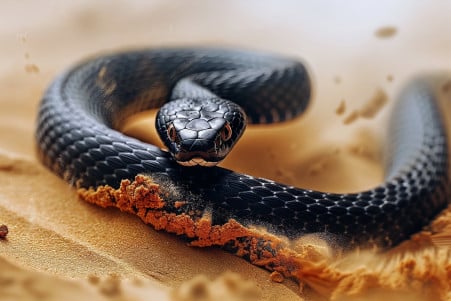
How Fast Are Snakes? The Top Speeds of 10 Different Species
2 May 2024
Snakes are fast, and some, like the black mamba, can go over 12 miles per hour, but they are typically only fast for short distances.
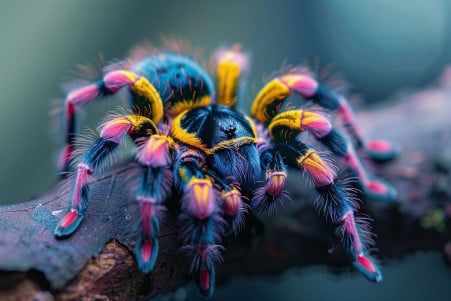
Can Tarantulas Jump? Exploring the Locomotion Constraints of These Mythical Spiders
2 May 2024
Tarantulas can jump, but their jumping ability is limited, with some tree-dwelling species only able to jump a few inches when in danger.

Can Capybaras Be Dangerous? What the Experts Say
1 May 2024
The physical traits, group behaviors, and anti-predator tactics of capybaras, the largest rodent on Earth, as well as the best ways to see them in the wild.
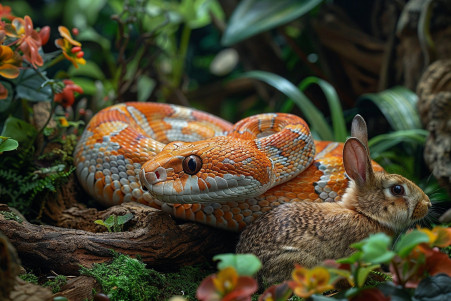
What Do Snakes Eat? An In-Depth Look at Predator-Prey Relationships
27 April 2024
For example, rat snakes and pythons are both snakes that have been observed hunting rabbits, and this is largely due to their physical characteristics that make them better suited to hunting and eating larger animals.
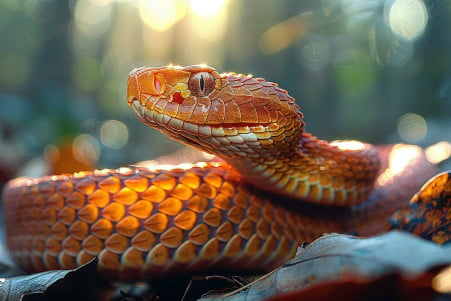
Do Snakes Have Cold-Blooded Physiology? The Science of Snake Thermoregulation
26 April 2024
Snakes are ectothermic, which means that they are unable to control their own body temperature and must rely on the environment to do so.